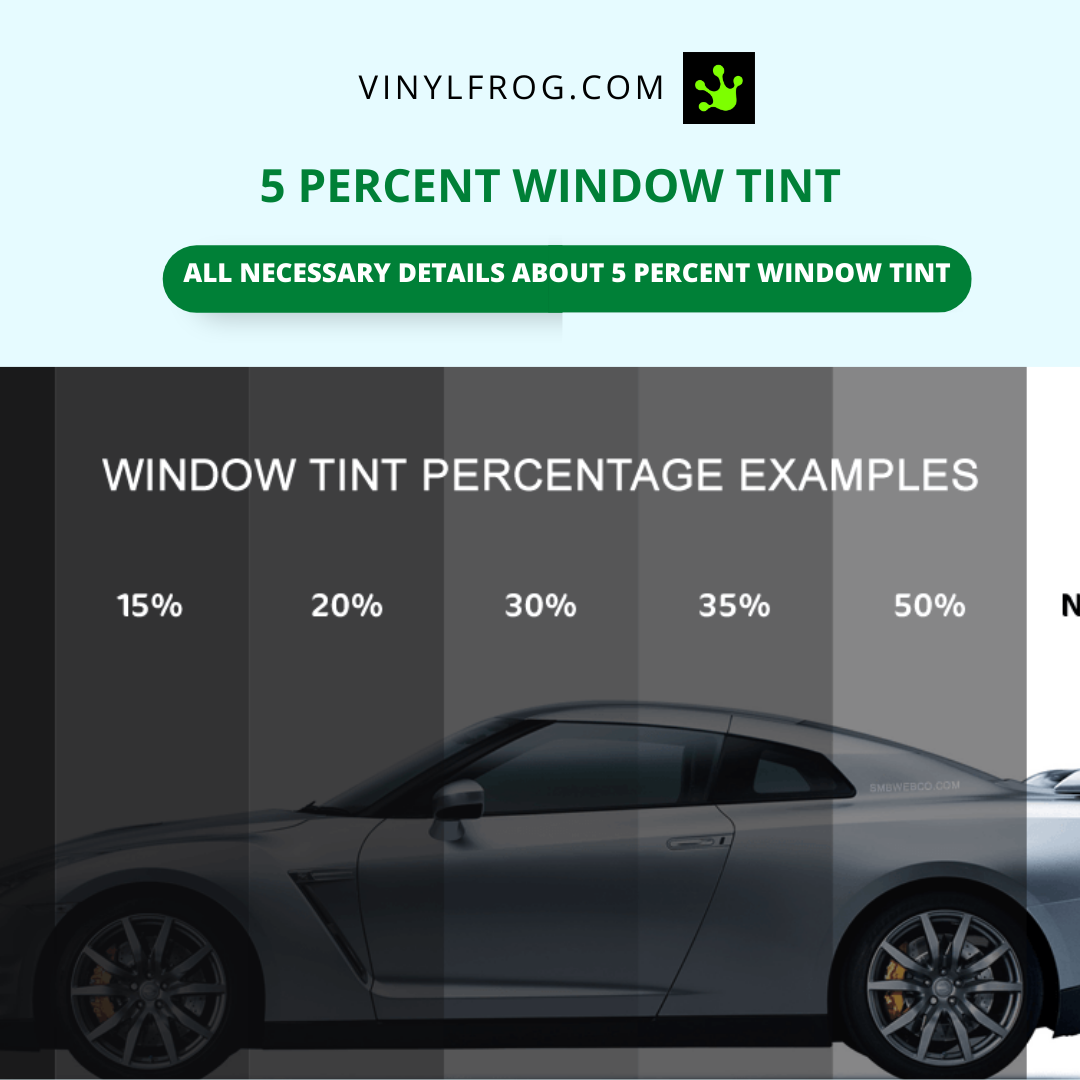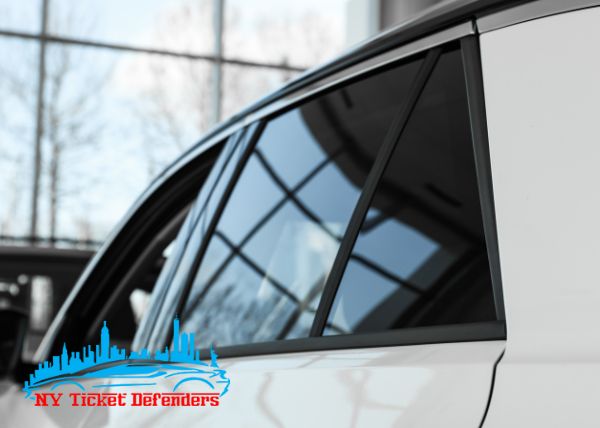Automobile Window Tinting for Warmth Reduction and Power Performance
Window Tinting Rules and Standards: What You Required to Know Before Tinting Your Cars And Truck
Before proceeding with window tinting for your lorry, it is vital to acquaint yourself with the varied legislations and standards that control this method across various states. These laws determine the allowable levels of tint darkness, commonly gauged by visible light transmission (VLT) portions, and consist of specific stipulations for front windshields aimed at ensuring road safety. Additionally, specific territories might use clinical exemptions for people with certifying problems. Recognizing these complexities can save you from prospective legal implications, yet what are the certain policies in your state?
Introduction of Window Tinting Rules
Home window tinting legislations are regularly based on variant across various jurisdictions, reflecting regional guidelines and safety factors to consider. These legislations dictate the permissible degrees of color darkness and reflectiveness on lorry windows, guaranteeing that drivers preserve appropriate presence while likewise shielding versus hazardous UV rays and heat.
A lot of laws categorize home window tinting based on the Visible Light Transmission (VLT) percentage, which indicates the quantity of light that can go through the window. Normally, lower VLT portions indicate darker tints. Laws commonly differentiate in between the front, side, and rear windows, with stricter restrictions put on the front windscreen to improve security for both the vehicle driver and various other road customers.
Additionally, some jurisdictions impose restrictions on the reflectivity of the color, protecting against excessive glare that can harm presence. Exemptions to these laws may exist for people with particular medical conditions requiring added sun security. Conformity with home window tinting guidelines is vital, as offenses can result in fines, obligatory removal of the tint, and potential increases in insurance policy costs. It is necessary for lorry proprietors to familiarize themselves with local legislations before continuing with window tinting setups.
State-by-State Tint Laws
Comprehending the specific window tinting guidelines in each state is important for automobile proprietors seeking to comply with the law. Each state in the united state has developed its own collection of regulations governing window tinting, which can differ dramatically. These laws frequently determine the permitted degrees of color darkness, the kinds of windows that can be tinted, and any medical exemptions that might apply.
For circumstances, states like California have stringent constraints on tint darkness for front windows, while others, such as New Mexico, may permit darker tints. In addition, certain states mandate specific presence percents for numerous home windows, including the windshield, front side windows, and rear windows. It is essential for cars and truck proprietors to acquaint themselves with their state's regulations to stay clear of possible fines or charges.
Moreover, some states may call for a certification sticker label to be put on tinted windows, indicating conformity with state legislations. Failure to comply with these guidelines not only takes the chance of legal repercussions but can additionally influence security and exposure while driving. For that reason, car owners should perform comprehensive research or consult regional authorities to guarantee complete understanding and compliance with state-by-state tint laws.
Allowed Tint Kinds and degrees
Many lorry owners might be amazed to discover that enabled color levels and types vary commonly throughout different states. Each state has actually established its own guidelines concerning the permissible darkness and reflectivity of home window tint, often determined by Visible Light Transmission (VLT) portions. VLT describes the amount of light that can pass via the colored windows; hence, a lower percent indicates a darker tint.

Additionally, the kinds of color products enabled can vary, with some states forbiding metal or mirror-like surfaces. It is vital for vehicle proprietors to familiarize themselves with their state's specific legislations to make certain compliance. Non-compliance can cause fines, required removal of the color, or other legal effects, making it critical to comprehend these regulations prior to waging installment.
Medical Exemptions for Tinting
While not all states offer allowances for medical exceptions relating to window tinting, those that do acknowledge the necessity for specific individuals to improve exposure and convenience due to medical conditions. Numerous clinical conditions, such as lupus, skin cancer, and certain eye problems, can provide individuals particularly sensitive to sunlight. These people might require darker colors to secure themselves from unsafe UV rays and glare.

It is necessary to note that despite a medical exception, there might still be limitations on the degree of tint enabled. Compliance with state laws makes certain that people are both protected and within lawful limits. Those taking into consideration medical exceptions should call their local Department of Motor Vehicles or comparable authority to recognize the treatments and demands required to make an application for an exemption efficiently.
Fines for Non-Compliance
Falling short to follow window tinting legislations can bring about significant fines, which vary by state. Law enforcement companies are empowered to provide citations for cars that click now do not abide by the specified tinting laws. These charges commonly consist of penalties, which can range from modest total up to several hundred bucks, depending on the intensity of the offense and the state concerned.
In some territories, repeated offenses might result in intensifying fines or added penalties, such as compulsory court looks. Non-compliance might require the removal of illegal tinting, frequently at the sites owner's cost. In extreme instances, habitual transgressors might encounter suspension of their lorry registration up until conformity is attained.
Furthermore, insurance policy ramifications might arise from obtaining numerous citations for home window color violations. Insurance providers may view such violations as an indication of riskier habits, potentially resulting in enhanced premiums or trouble in insurance coverage.
To stay clear of these fines, it is crucial for lorry owners to familiarize themselves with their neighborhood window tinting legislations and guarantee that their automobile complies (Window Tinting). This positive approach not just stays clear of legal ramifications yet additionally promotes road safety and security
Verdict

A lot of regulations categorize home window tinting based on the Visible Light Transmission (VLT) percentage, which shows the quantity of light that can pass via the home window. Conformity with window tinting guidelines is vital, as violations can result in penalties, necessary elimination of the tint, and prospective increases in insurance policy premiums.Understanding the details home window tinting regulations in each state is important for lorry owners seeking to comply with the law. These regulations frequently determine the permitted degrees of tint darkness, the types of home windows that can be tinted, and any kind of medical exemptions that may use.
For instance, states like California have rigid limitations on color darkness for front windows, while others, such as New Mexico, might permit darker tints.